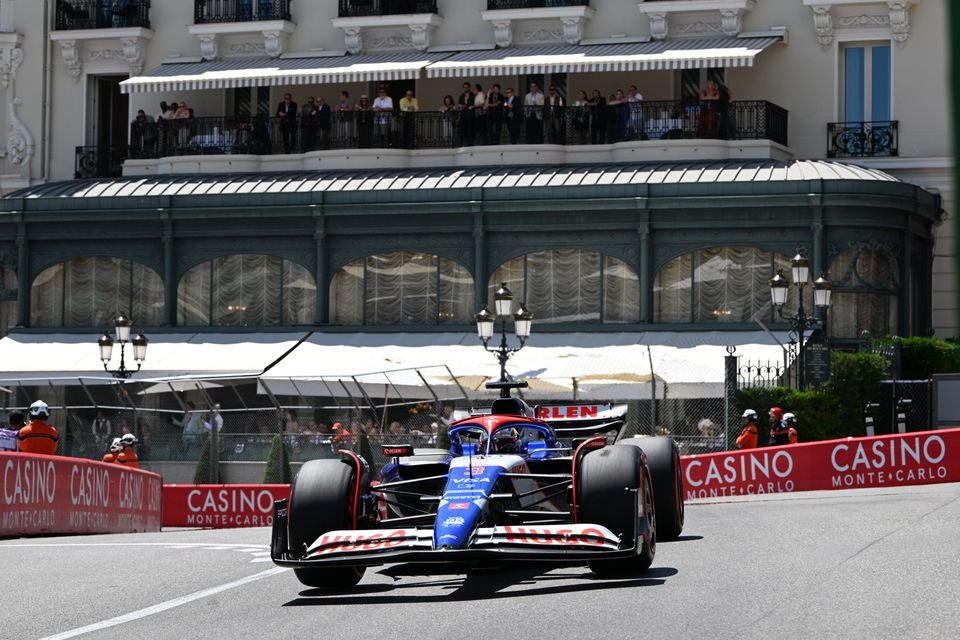Long before the advent of Las Vegas or Miami, Monaco was F1's marquee event that basked in its own glamour. Monaco, which first saw grand prix racing in 1929, and Formula 1 helped put each other on the map in the '50s and '60s. The grand prix built up a worldwide renown that has made it synonymous with the world championship and part of the Triple Crown of motor racing events alongside the Indianapolis 500 and Le Mans 24 Hours.
Its challenging street circuit was the site of many exploits and incidents that became part of F1 folklore, ranging from Alberto Ascari's fraught dive into the marina in 1955 to Ayrton Senna's string of six wins that helped cement his legacy. The Brazilian's run was interrupted by an even more famous retirement from the lead in 1988 that followed what he described as an out-of-body experience when he destroyed the field in qualifying. F1 has changed a huge amount since its humble beginnings in 1950.

Monaco? Not so much. As Formula 1 cars became quicker and quicker, its grands prix became ever more starved of action as each year the same questions are asked about whether or not the 3.3km rollercoaster ride still belongs on the F1 calendar.
Misgivings around Monaco are not just limited to its boring parades on Sunday, though. As many people who work at the event will attest, the cramped surroundings can create a tough working environment. Monaco is particularly a thorn in the side for people who work in logistics, with delays at McLaren and Alpine to get.
















